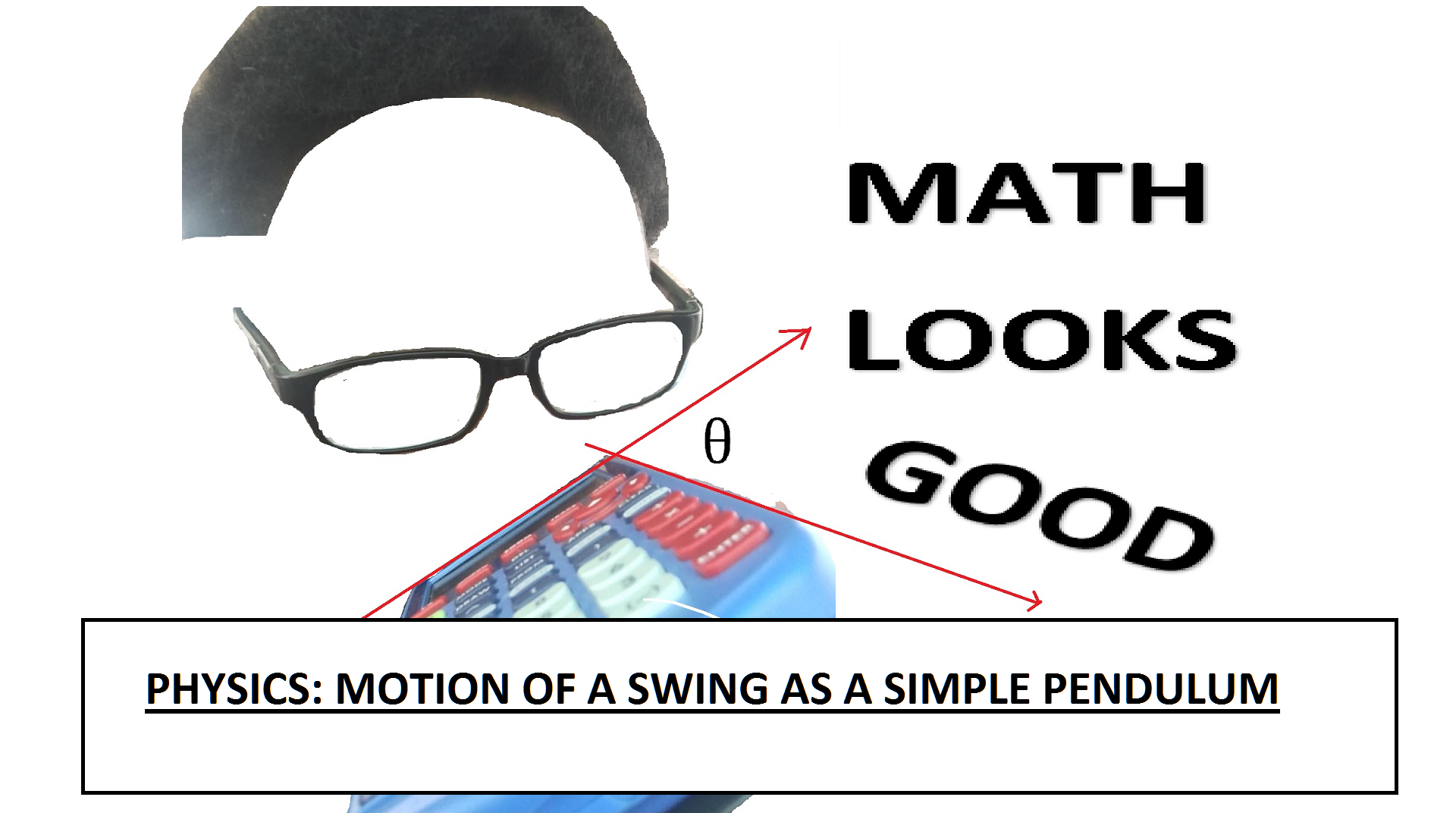A pendulum is an object that hangs from a string - think of a swing hanging from a chain in a playground. If we pull the swing in any direction, the swing will ... well, swing to the other side. The swing will stop unless you are continually pushed or you swing your legs.
Describing the motion of that swing can get messy, so let's imagine an idealized swing where there is no friction and the weight of the chain is small enough to ignore. Also, we won't pull the swing too much, only a small angle from the original position (less than 15 degrees). Given those assumptions, we can get pushed once and swing forever.
This is known as a simple pendulum, and we can determine the speed and period (the amount of time it takes for one full swing) based solely on the length of swing chain.
In our simple pendulum, the swing seat does not move up or down the chain. This means that any forces that act up on the chain must equal any forces that act down on the chain.
- Fy, the force that acts down on the chain: The weight of the swing seat
- Since the full weight acts straight down, we're only concerned with a part of it
- Fc, the force that acts up on the chain: The force required for the swing seat to maintain a circular motion.
- This is always directed towards the center of the circle, so the force acts upward along the swing chain.
Calculations for the speed and period of the swing are given below.


